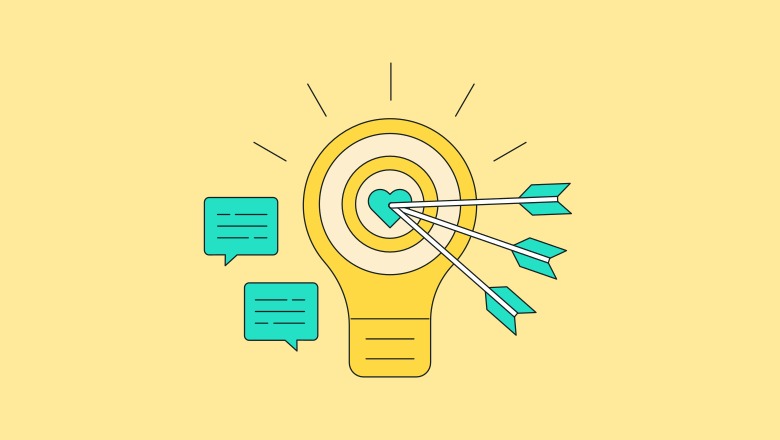Three Keys to More Successful Thought Leadership Marketing In 2022
November 18, 2021
The Basic Guide Of Inbound Marketing For Budding Entrepreneurs
September 28, 2021
Guest Blogging: Benefits and How to do it the Right Way?
September 25, 2021
How to Use Inbound Marketing Most Effectively
July 22, 2021
Inbound Marketing – Advantages over Push Marketing
July 16, 2021
Inbound Marketing vs. Content Marketing
April 13, 2021









